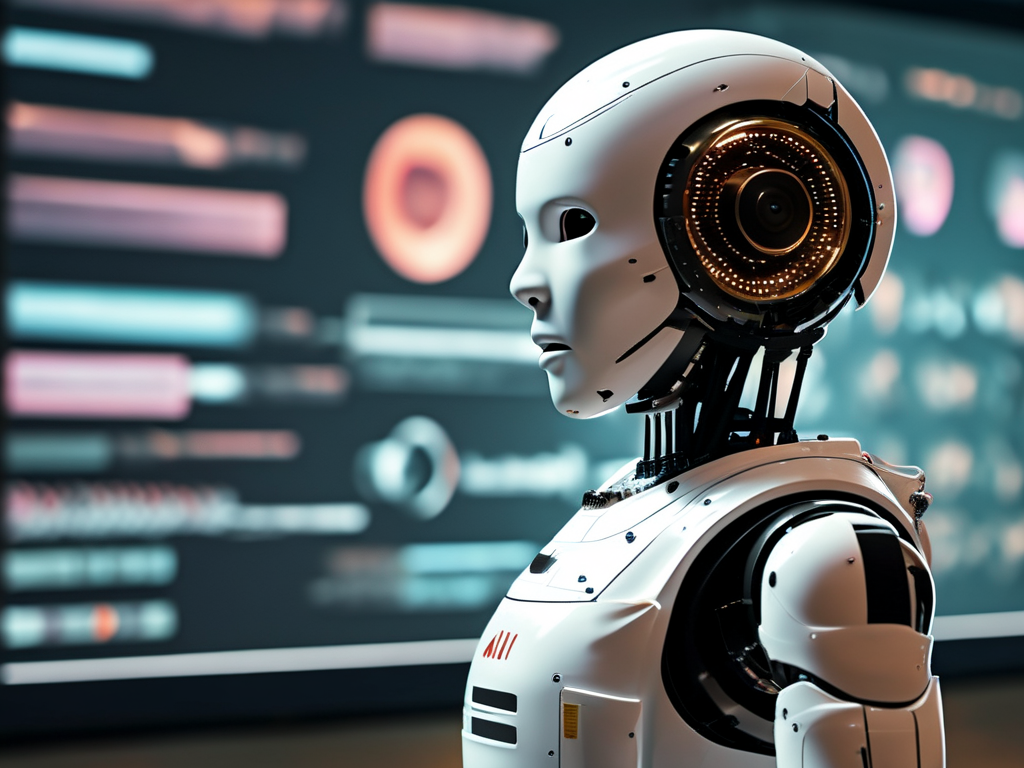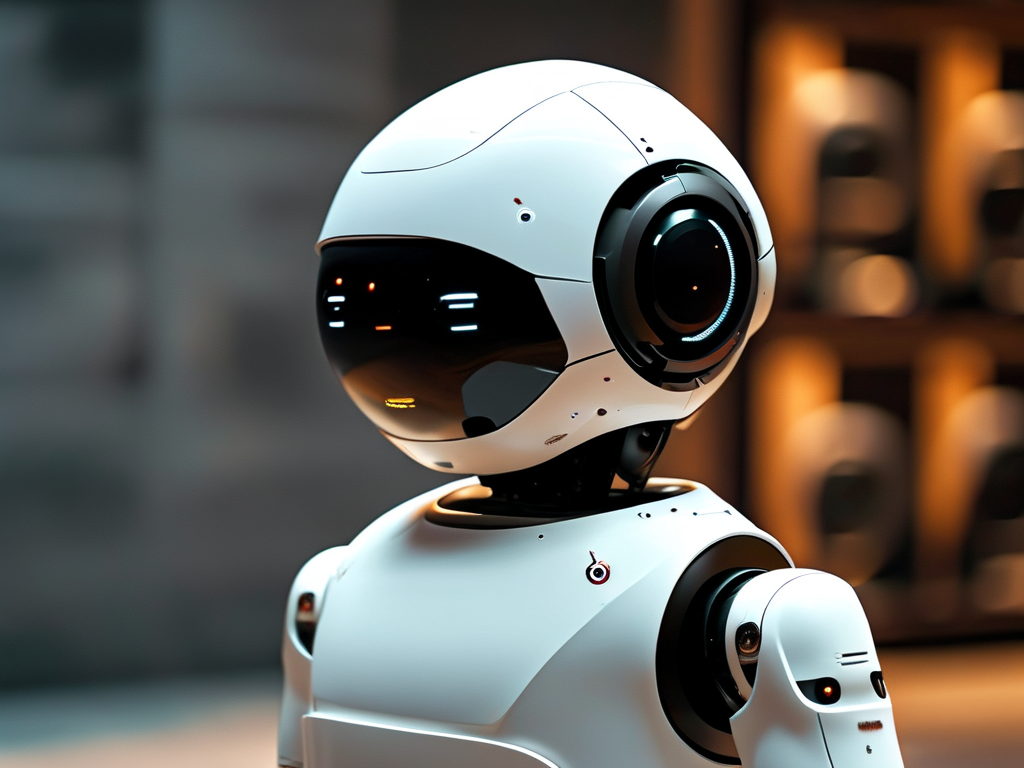The ability of robots to communicate through synthesized speech has transformed human-machine interactions. This article explores the technical framework behind robotic speech generation, with a focus on video demonstrations that visually decode this complex process.
Fundamentals of Speech Synthesis
At the core of robotic speech lies text-to-speech (TTS) technology. Modern systems employ concatenative synthesis or parametric methods. Concatenative systems stitch pre-recorded phonetic fragments, while parametric models generate waveforms algorithmically. A video demonstration might show waveform visualizations shifting as the robot pronounces words like "hello" or "emergency," highlighting how pitch and tone are modulated programmatically.

Natural Language Processing Integration
Before sound generation occurs, robots must interpret context. Advanced NLP engines analyze syntax and semantics using transformer-based architectures. For instance, when a user asks, "What's the weather today?" the system identifies intent through tokenization and entity recognition. Video breakdowns often illustrate this phase with flowcharts, showing how input text is parsed into actionable data before voice rendering.
Articulatory Synthesis Techniques
Cutting-edge systems mimic human vocal anatomy digitally. By simulating vocal cord vibrations, tongue positioning, and airflow through 3D biomechanical models, robots achieve nuanced pronunciation. In explanatory videos, side-by-side comparisons of human vs. robotic vocal tract animations help viewers grasp how algorithms replicate biological processes. The code snippet below demonstrates a simplified articulatory parameter adjustment:

def adjust_vocal_parameters(pitch=220, formant_freq=[800, 1200, 2500]):
# Simulates vocal tract configuration
return synthesize_waveform(pitch, formant_freq)
Deep Learning Advancements
Neural networks like WaveNet and Tacotron 2 have revolutionized speech naturalness. These models train on thousands of voice samples to predict audio waveforms character by character. Training visualization videos often display spectrogram evolution across epochs, showing how robotic voices gradually lose metallic tones. A 2023 study revealed that GPT-4 assisted TTS systems reduced word error rates by 18% compared to traditional models.
Real-Time Processing Challenges
Latency remains a critical hurdle. Demonstrations comparing cloud-based versus edge computing setups reveal tradeoffs: cloud systems offer richer vocal variety but suffer lag, while onboard processing guarantees immediacy at the cost of voice quality. Engineers often use network diagnostic overlays in videos to explain packet transmission delays during live robot interactions.
Ethical and Functional Considerations
As voice cloning improves, authentication mechanisms become vital. Some videos showcase watermarking techniques where inaudible frequency markers are embedded to distinguish machine-generated speech. Additionally, cultural adaptation modules enable robots to adjust accents based on geographic data—a feature frequently demonstrated through locale-switching scenarios in tutorial videos.
Future Directions
Emerging research focuses on emotional speech synthesis. Prototype systems analyzed in video case studies now modify prosody based on facial recognition input—for example, softening tone when detecting user frustration. The integration of quantum computing for real-time voice adaptation promises to shrink processing times from milliseconds to nanoseconds.
This technical landscape reveals how robot speech synthesis combines linguistics, physics, and machine learning. Video resources serve as crucial educational tools, transforming abstract algorithms into tangible visual lessons that drive both academic understanding and public engagement with AI technologies.







